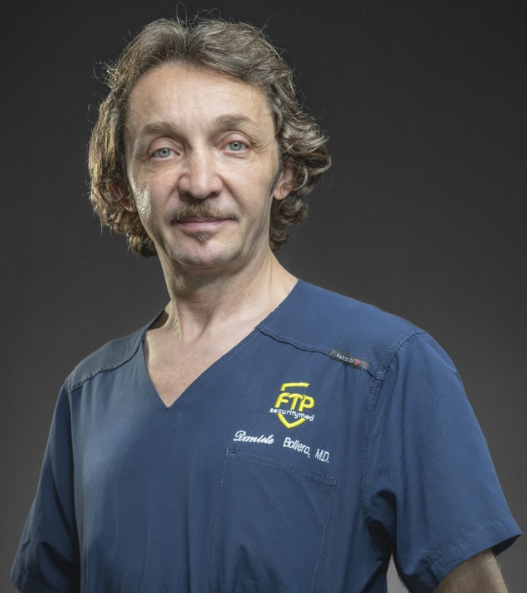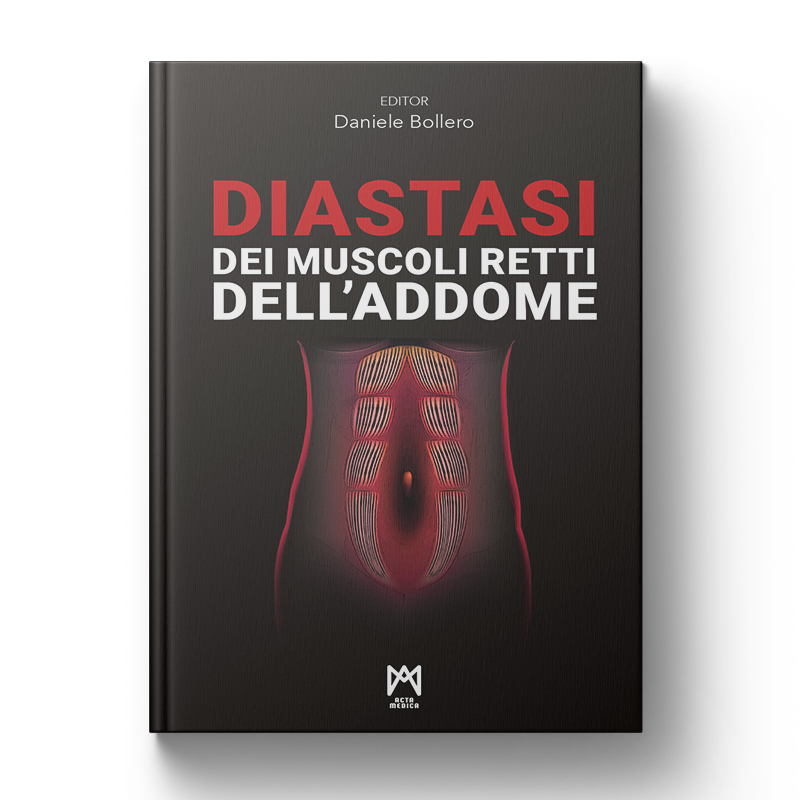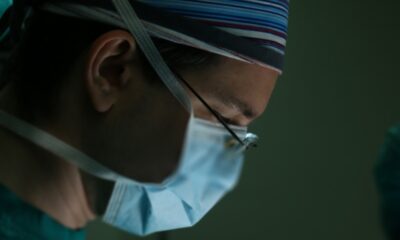Pages about surgery
Abdominal diastasis: a book to clarify the issue
There is a widespread, often underestimated condition that affects around 80% of women after pregnancy, as well as a smaller, but still significant, portion of men. It’s called diastasis of the rectus abdominis muscles, and it’s the focus of a new book edited by Dr. Daniele Bollero, a plastic surgeon from Turin with over twenty-five years of experience.
This is a scientific volume, but one with a strong outreach purpose. It’s designed to provide practical tools not only to medical professionals, physiatrists, obstetricians, ultrasound technicians, nutritionists, general surgeons, but also to patients who live with this condition, which is too often mistaken for a mere cosmetic issue.
«Diastasis is a condition that has always existed, but only in recent years has it entered the public and medical conversation – says Bollero – In the past, after pregnancy, women’s bodies were hidden under loose clothing and family roles that left little room for self-care. Today, women want to feel active and attractive, even after forty. This growing awareness has brought to light something that has always been there».
Medicine and awareness: how to best talk about diastasis
In his book, Dr. Bollero defines diastasis as “a wound that doesn’t heal.” This phrase captures a key concept: there is no such thing as complete recovery, not even through surgery. «The goal is not to completely close the gap between the rectus muscles – he explains – but to reduce it to within physiological limits, under two centimeters. It’s crucial that patients understand this: even after a perfectly successful surgery, you don’t go back to an ‘absolute zero».

That’s why the book places strong emphasis on the importance of information. «An informed patient is a satisfied patient», Bollero affirms. The book aims to provide a 360-degree view of the issue, explaining the differences between surgical approaches, non-invasive treatment options, and the role of support professionals. «Not everyone needs surgery – he stresses – and in many cases, physical therapy, targeted exercises, and ultrasound evaluations can already be a great starting point».
One of the key goals of the publishing project is to create a network of professionals who speak the same language. «Too often today, gynecologists, physiotherapists, and surgeons work in isolation. But synergy is essential: the patient must be followed over time, from diagnostic ultrasound to postoperative rehabilitation, when necessary. We need a common guide, based on scientific evidence and clinical experience».
The need for equal access to treatment
Another critical issue is access to care: not all Italian regions recognise diastasis as a condition eligible for treatment under the National Health Service, creating disparities. «That’s something that needs to be addressed decisively – adds Bollero – but in the meantime, it’s essential that professionals and patients begin to engage with accurate information».

The book, which has already achieved wide circulation thanks to social media, targets multiple audiences simultaneously. «There are increasingly informed patients who want to truly understand what’s happening to their bodies – explains Bollero – and there are physiotherapists, obstetricians, and general practitioners who want to give their patients accurate advice. That’s why we’ve also included chapters on communication, social media, and references to groups like Diastasi Italia and Diastasi Donna, which play an important role in support and sharing».
The book also aims to be a message of unity among colleagues, often divided by competition. «Plastic surgery and general surgery should not be at odds – Bollero concludes – but should find a common language. Only then can we truly help the people who rely on us».While awaiting a more patient-friendly version and a new book already in progress on aesthetic medicine, Bollero’s project represents an important step toward bringing diastasis out of the shadows, building awareness, professional networks, and a culture of care.




































